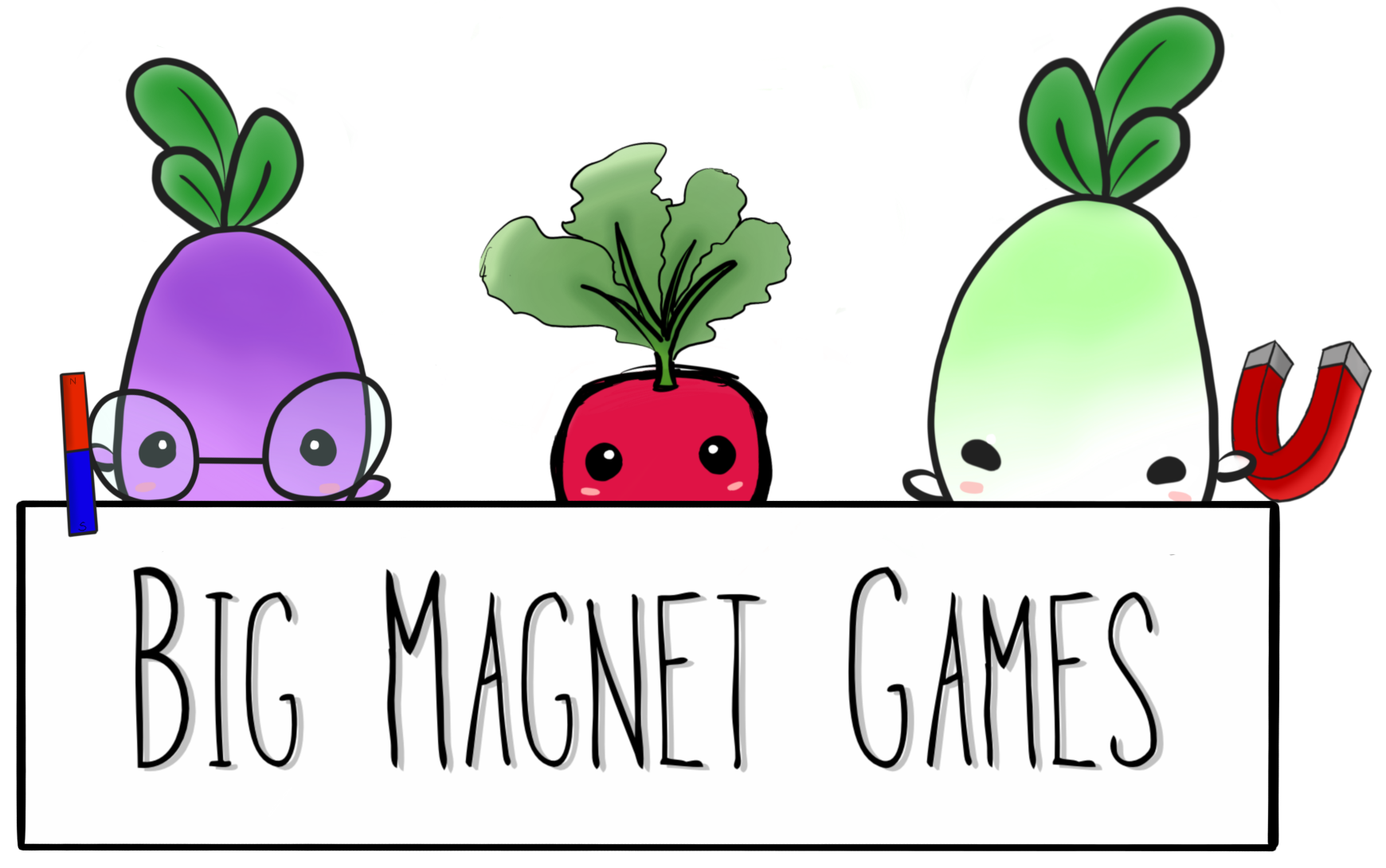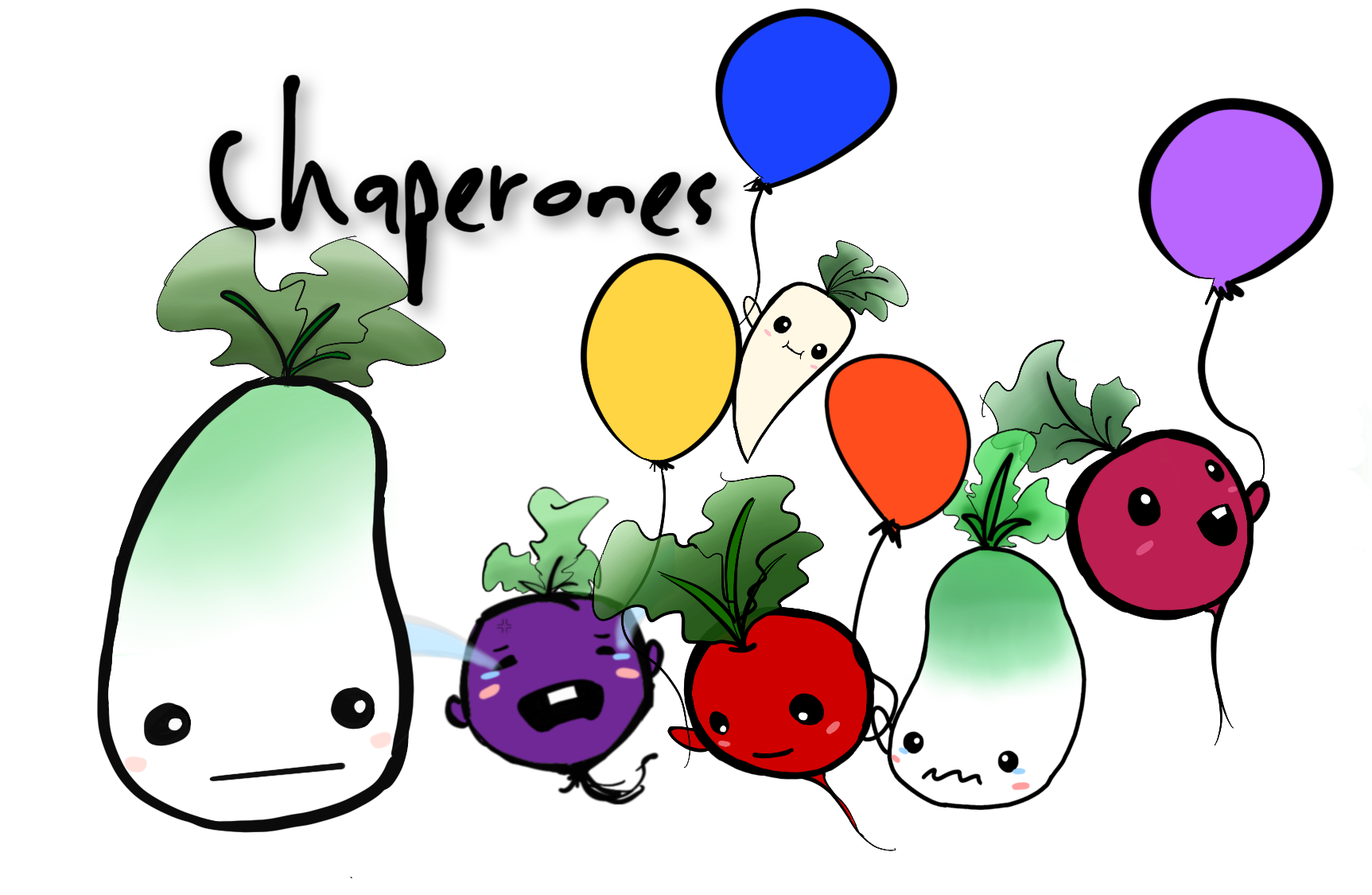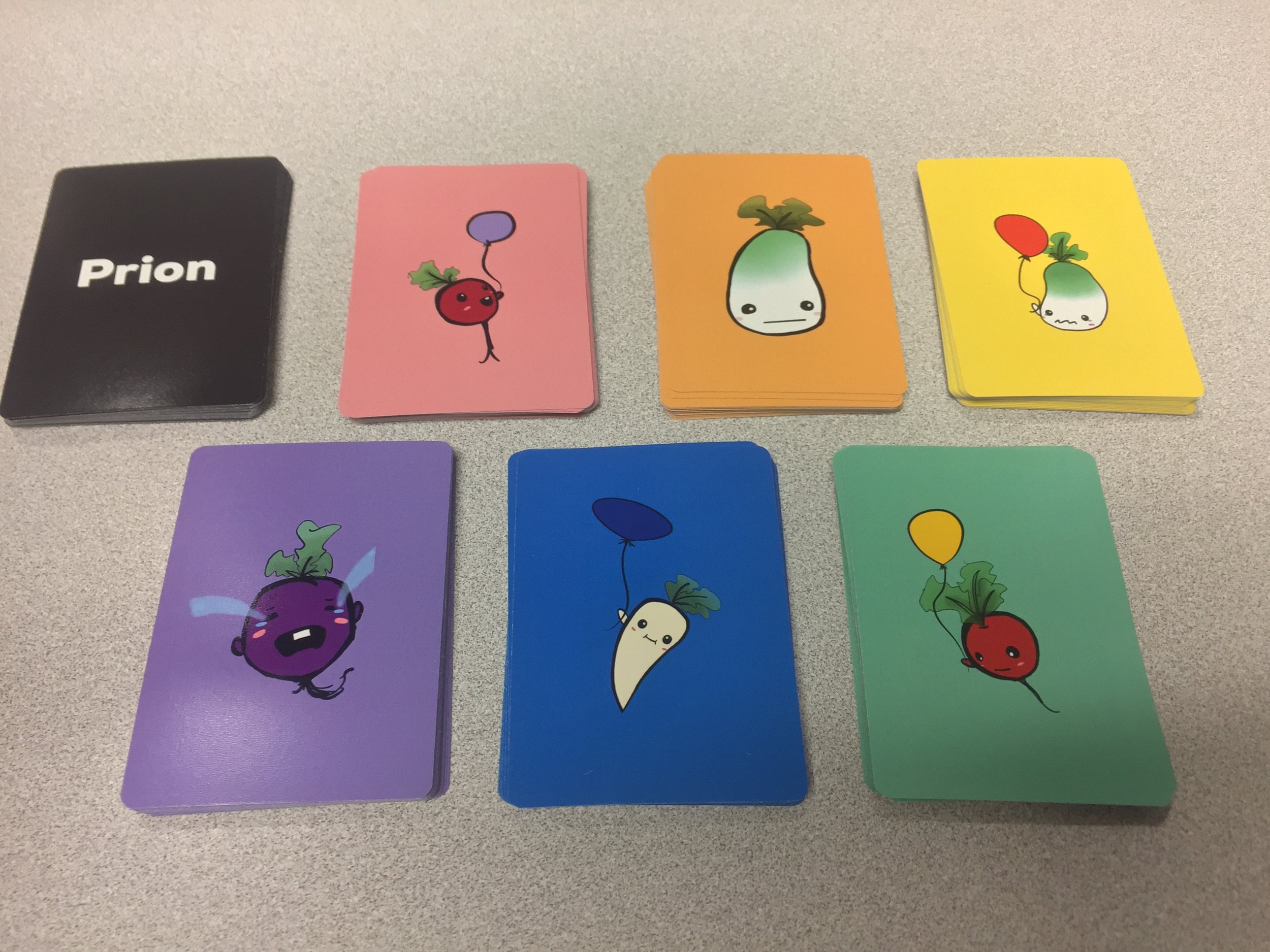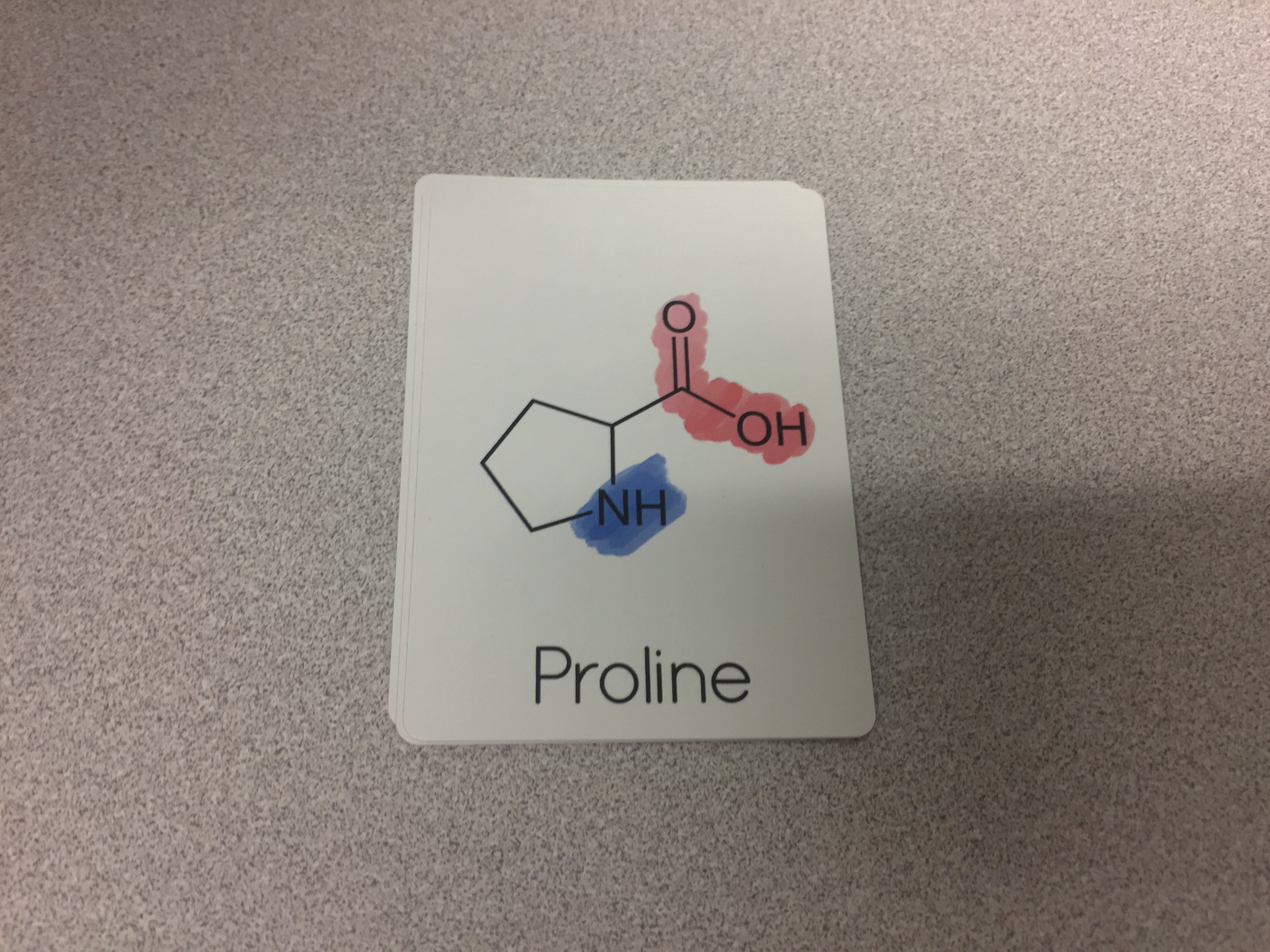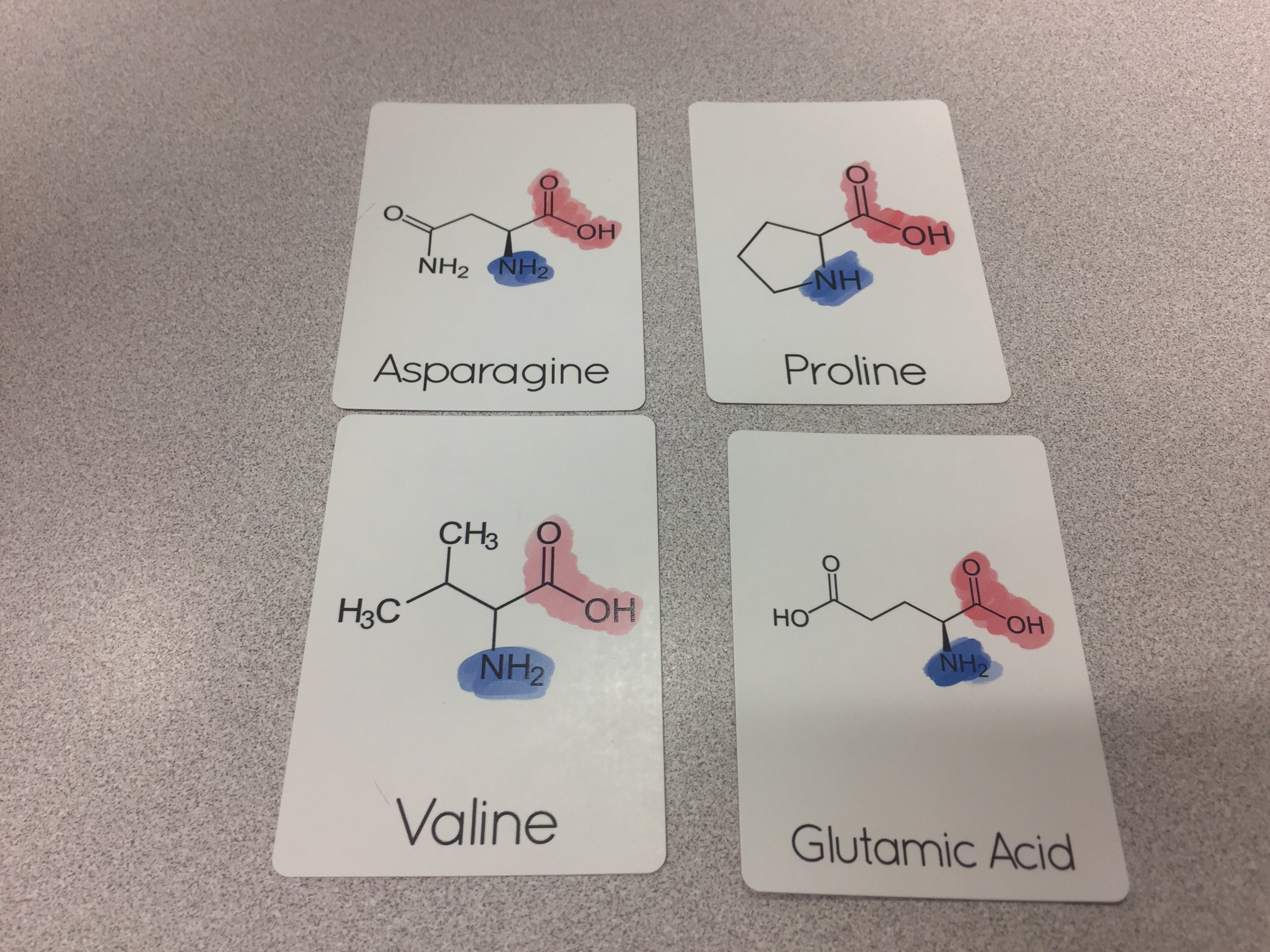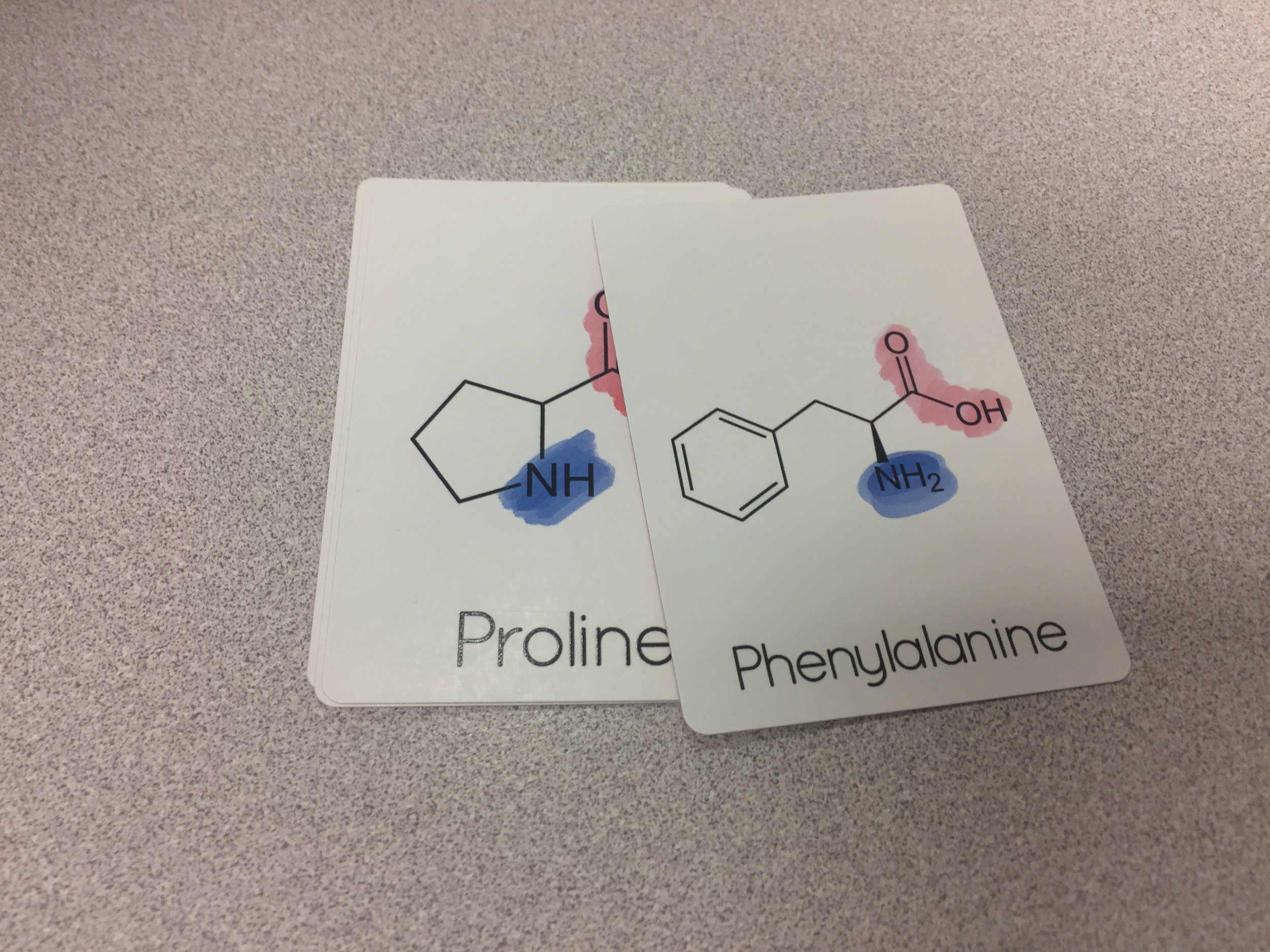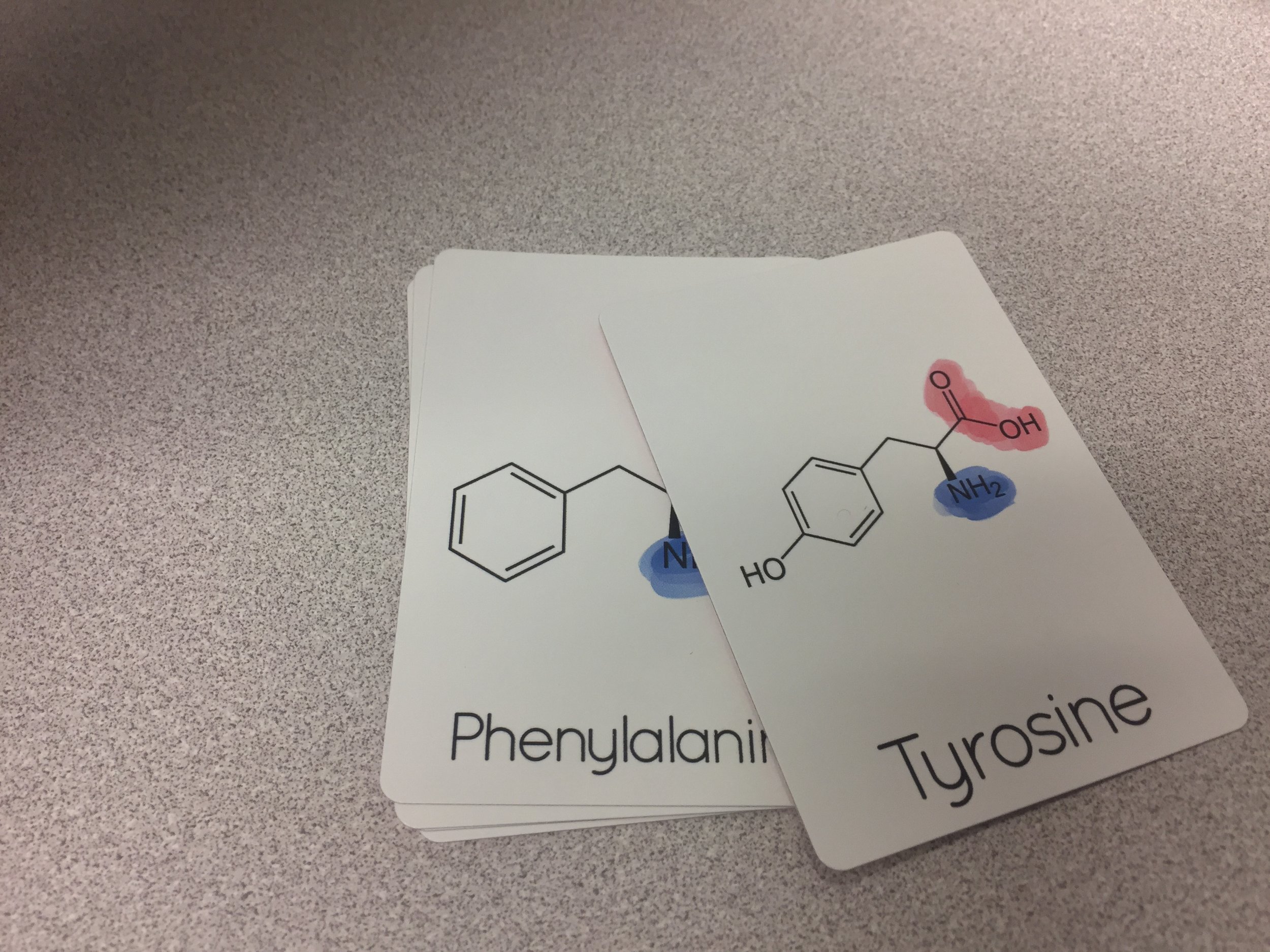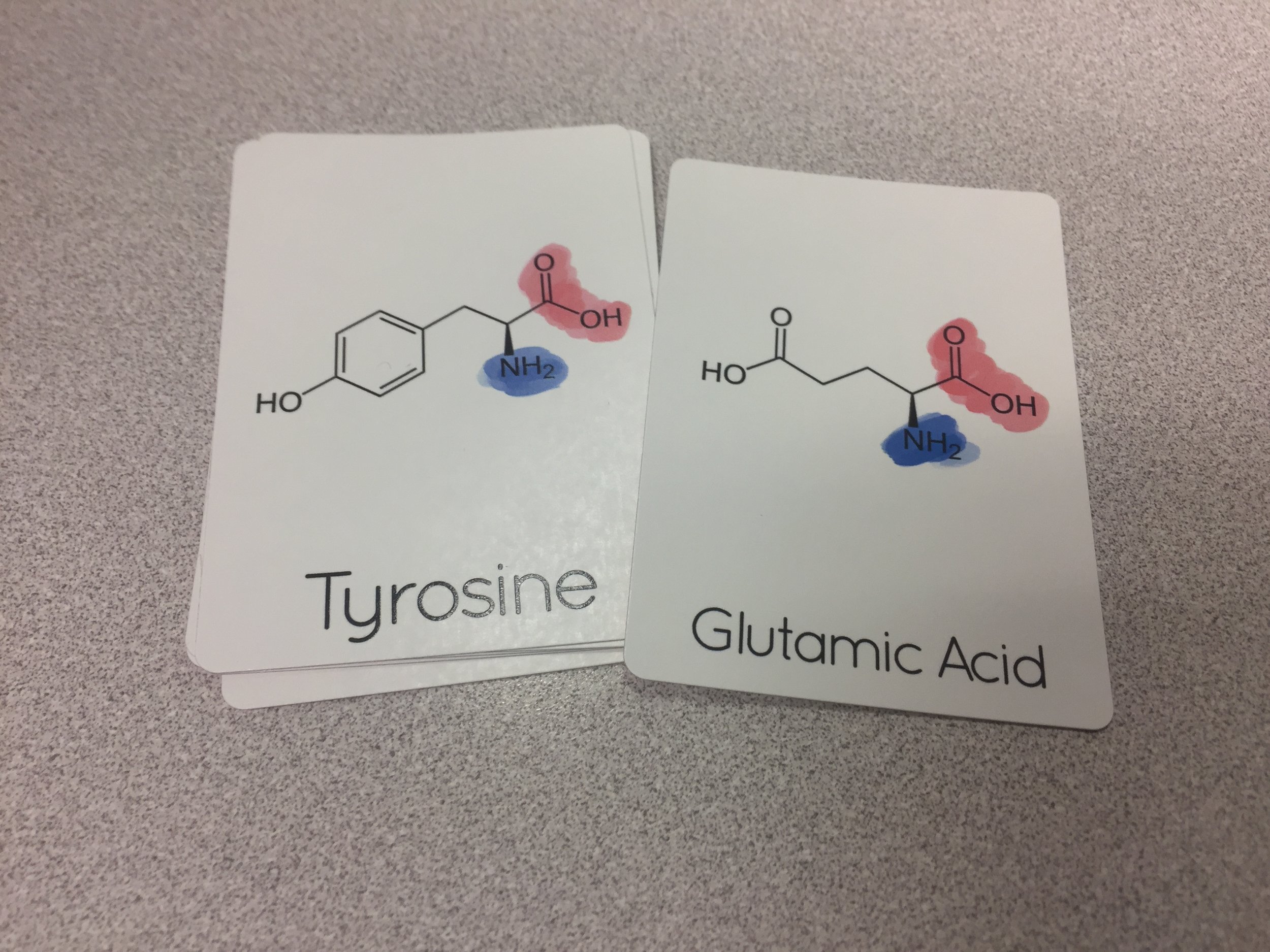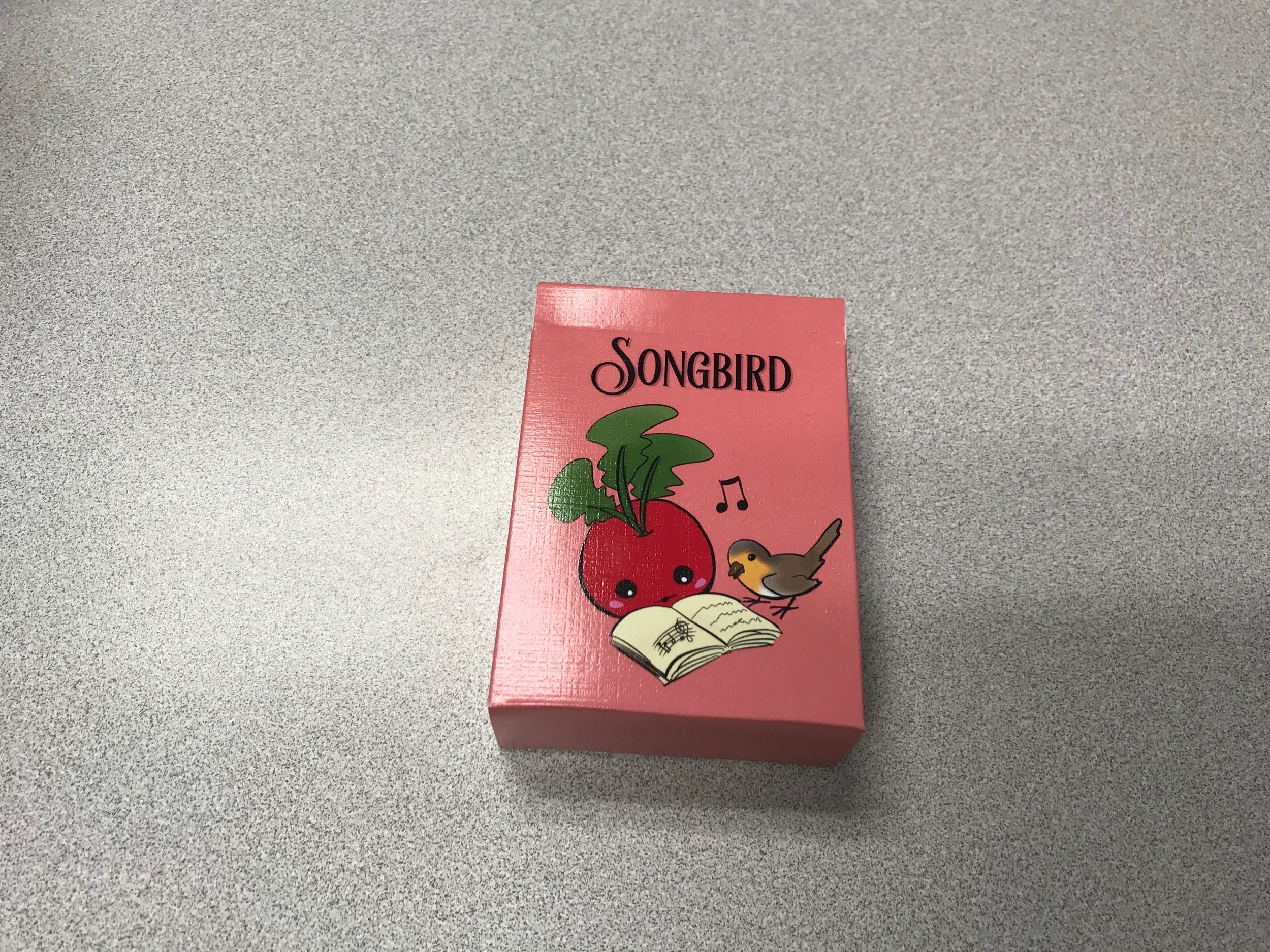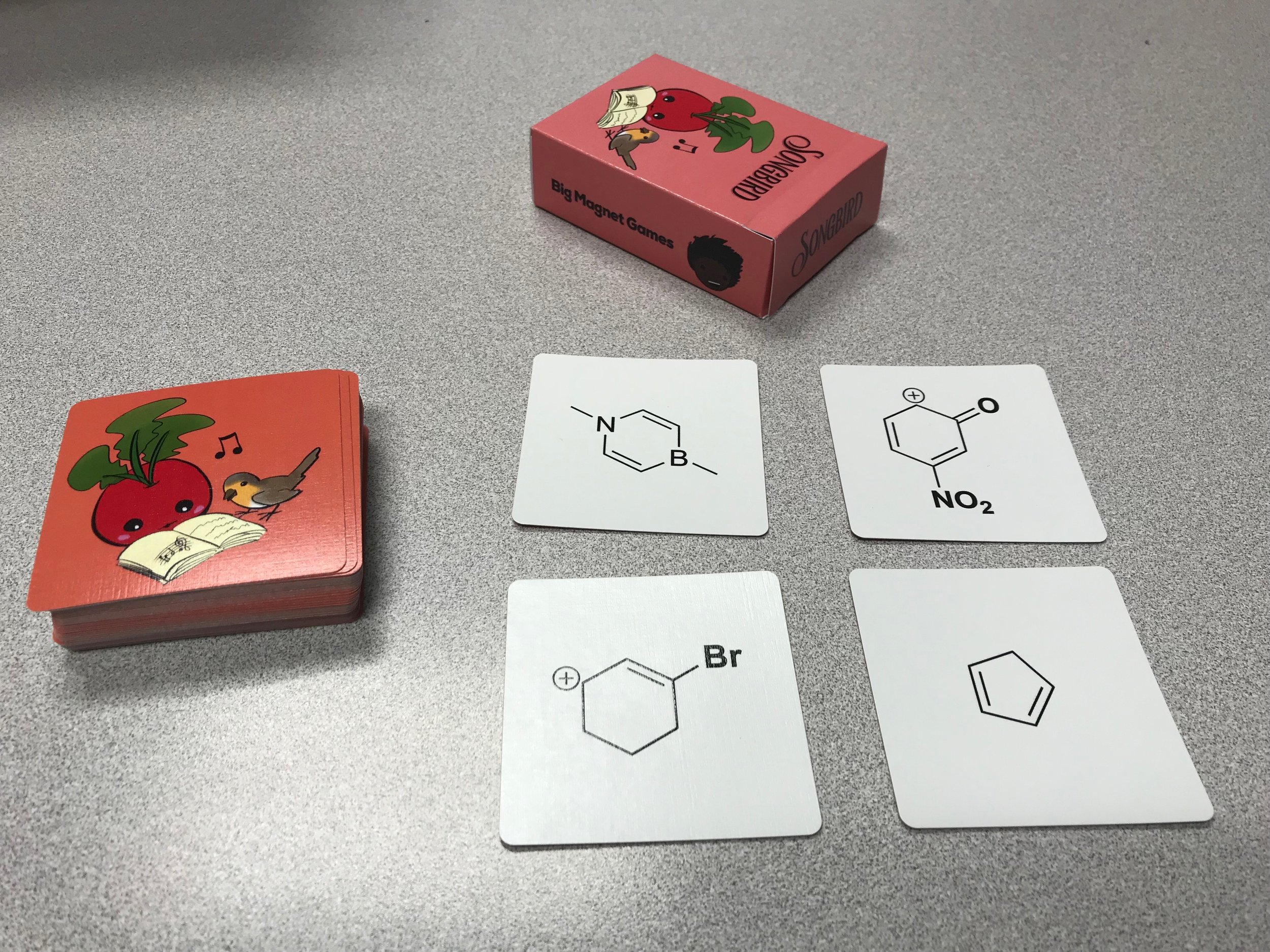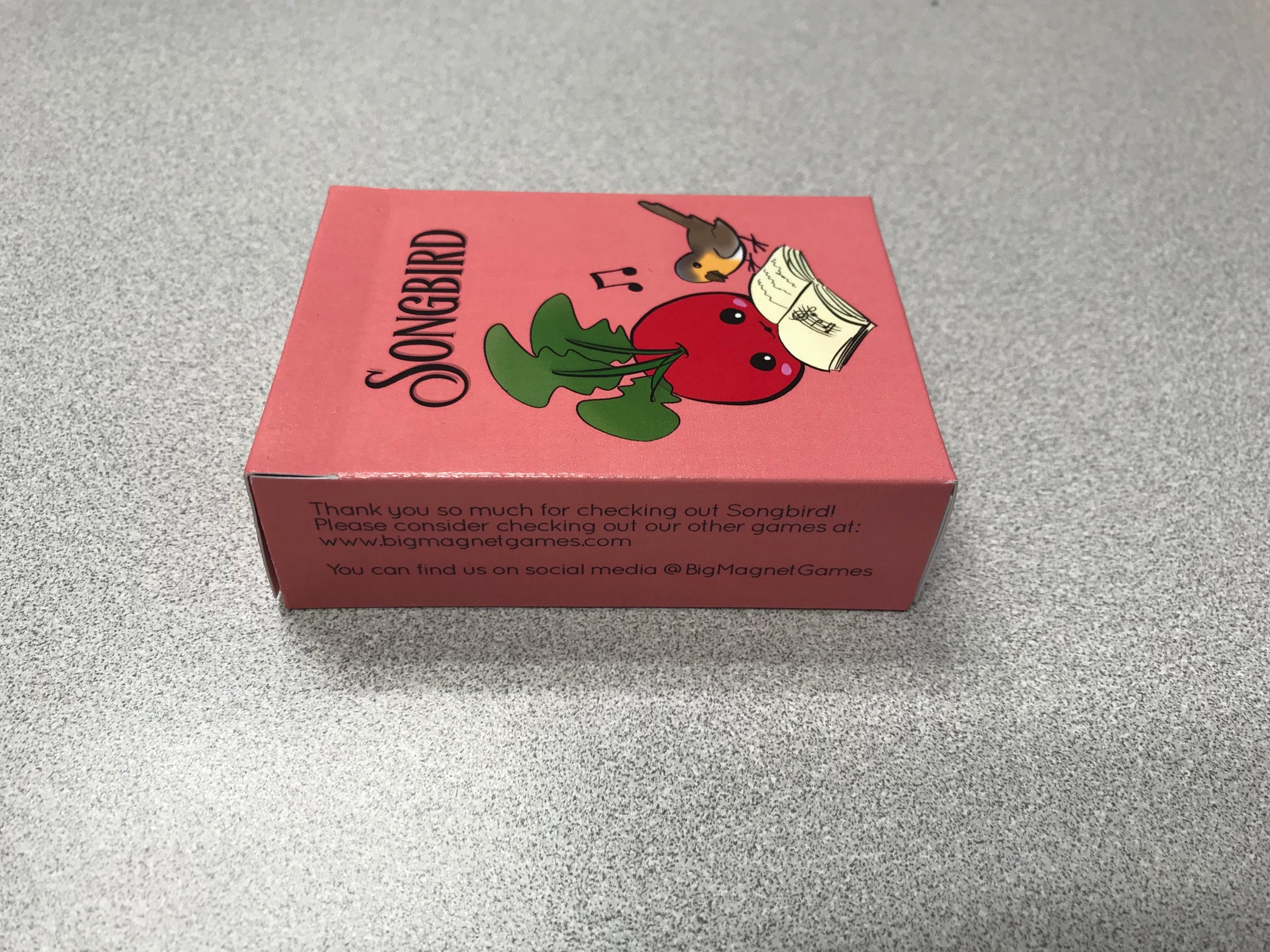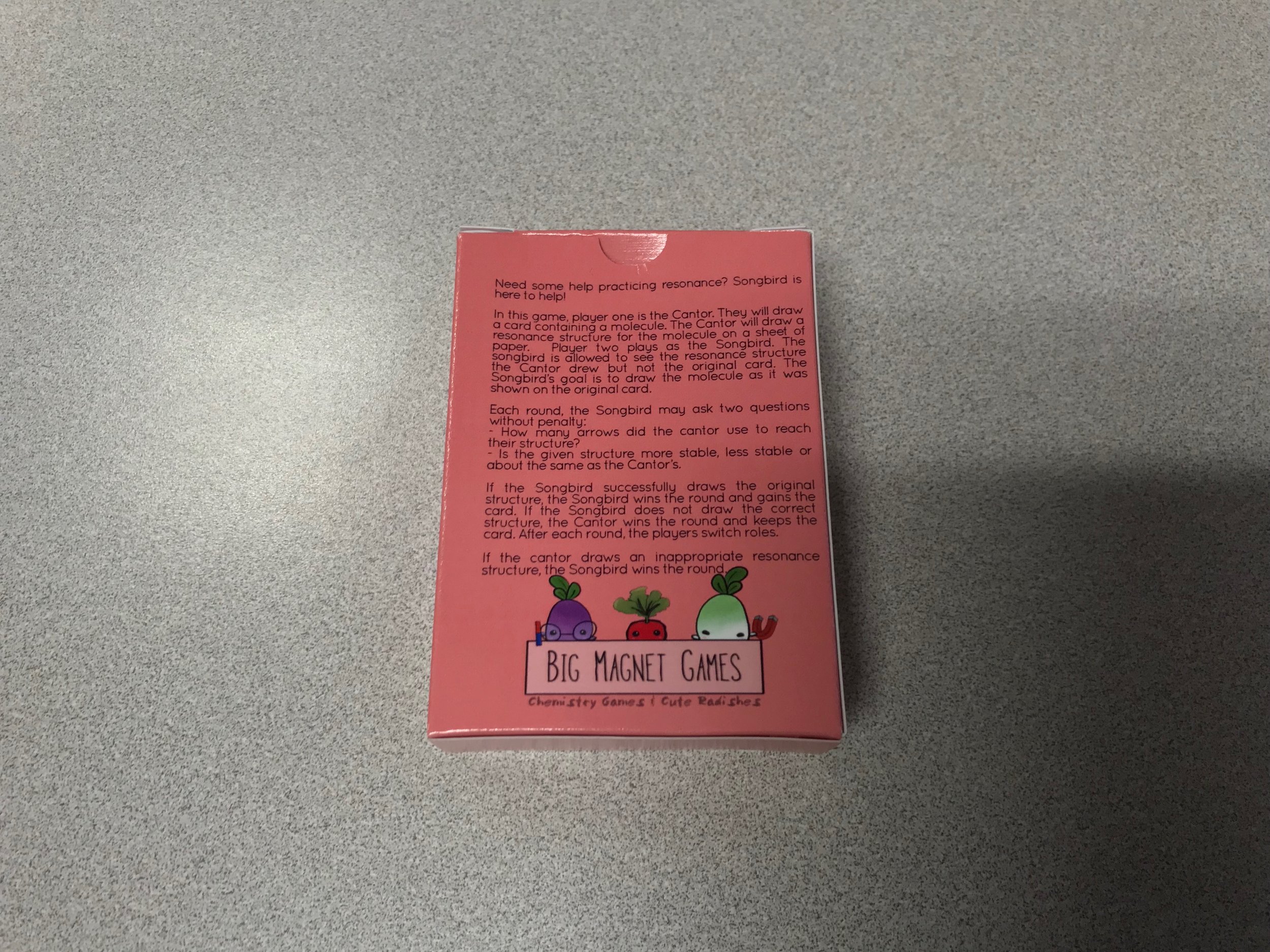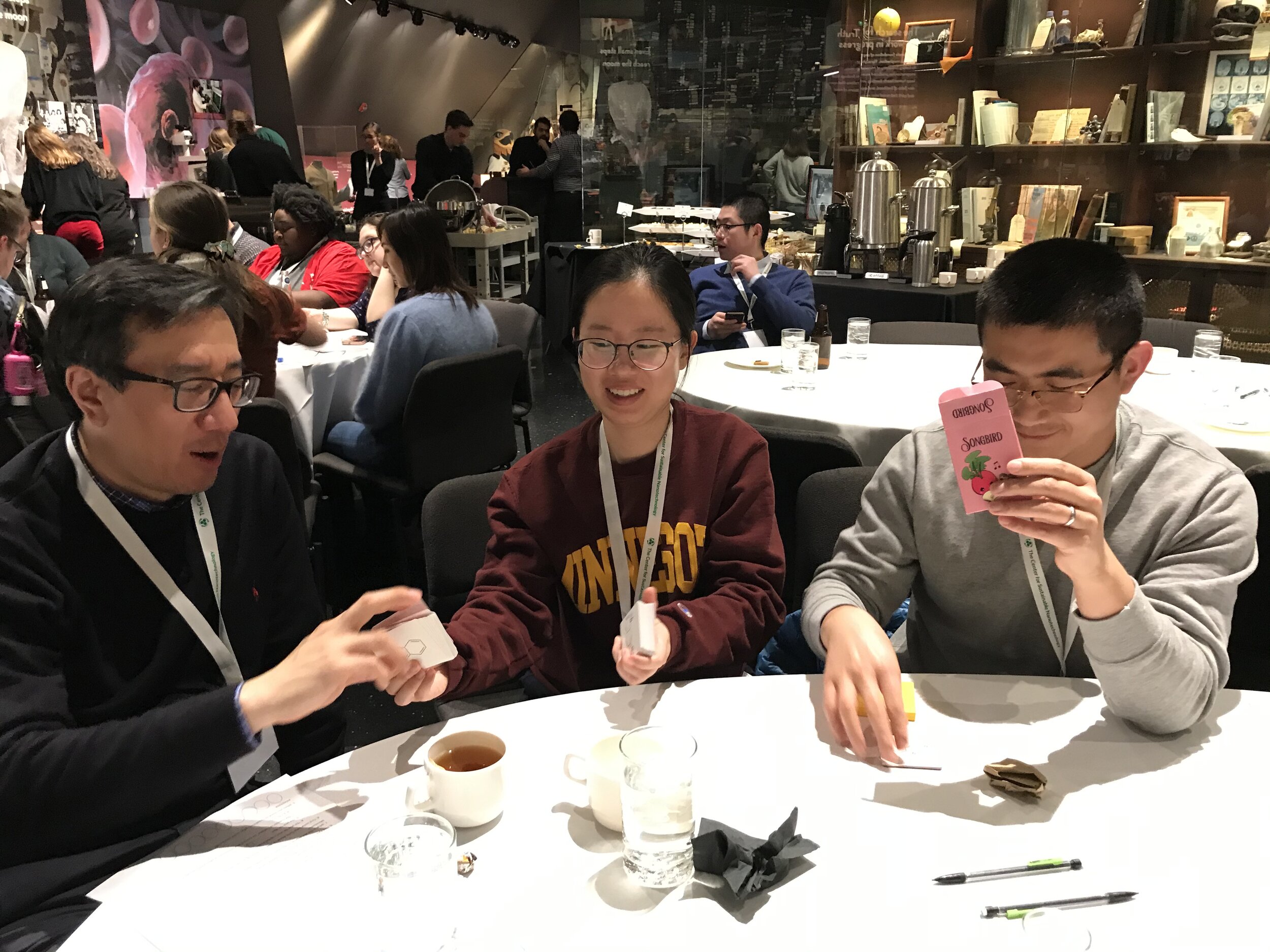Barely Functional
Downloadable files coming soon.
Barely Functional is a functional group card game suitable for two to six players. Students collect and discard cards in each round in hopes of collecting a whole family of functional groups before the round is over. Once the round is over, students who have collected the first family move on to collect the next family in the hierarchy in the next round. The game is over when someone collects the last family in the hierarchy.
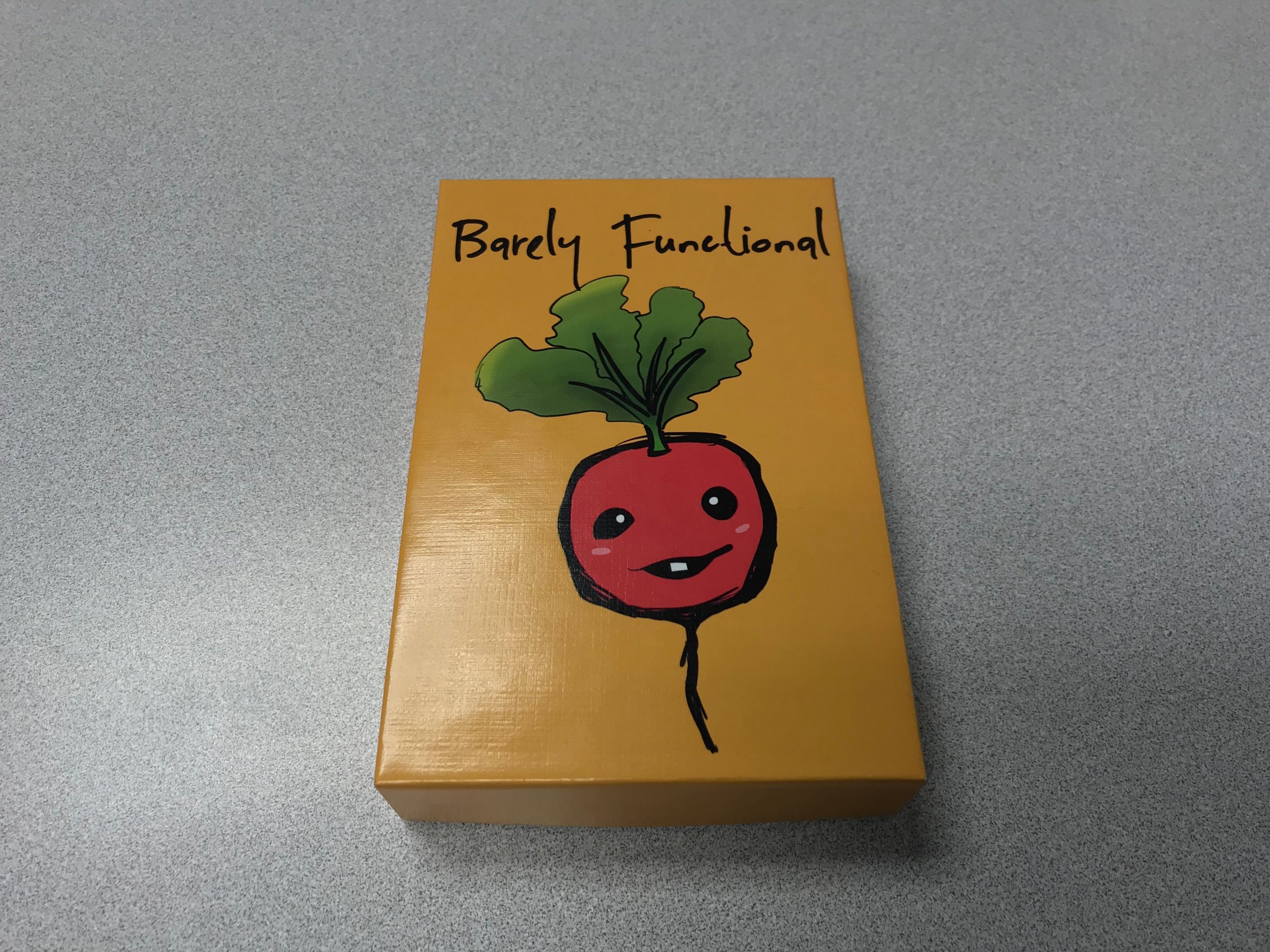
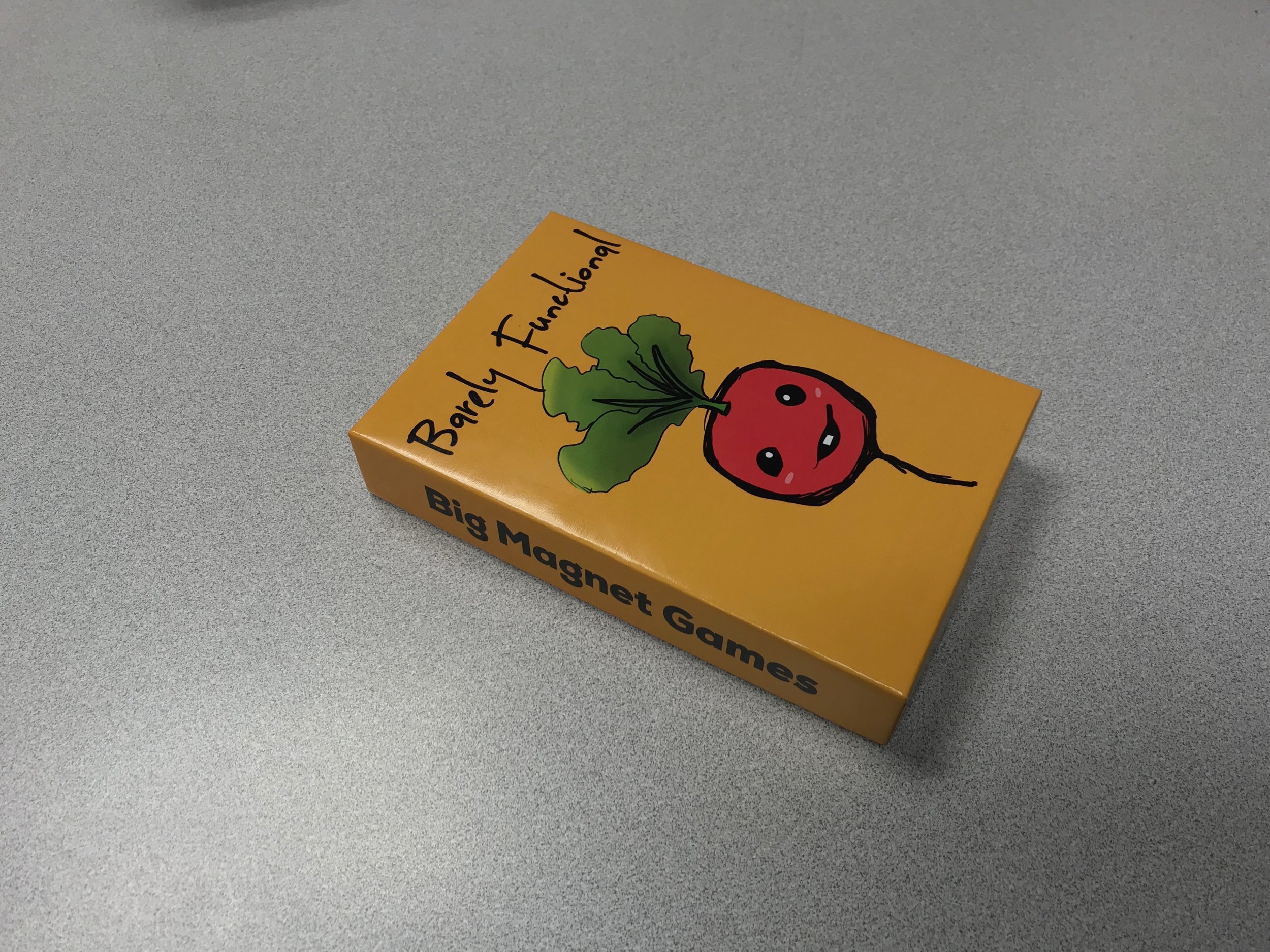
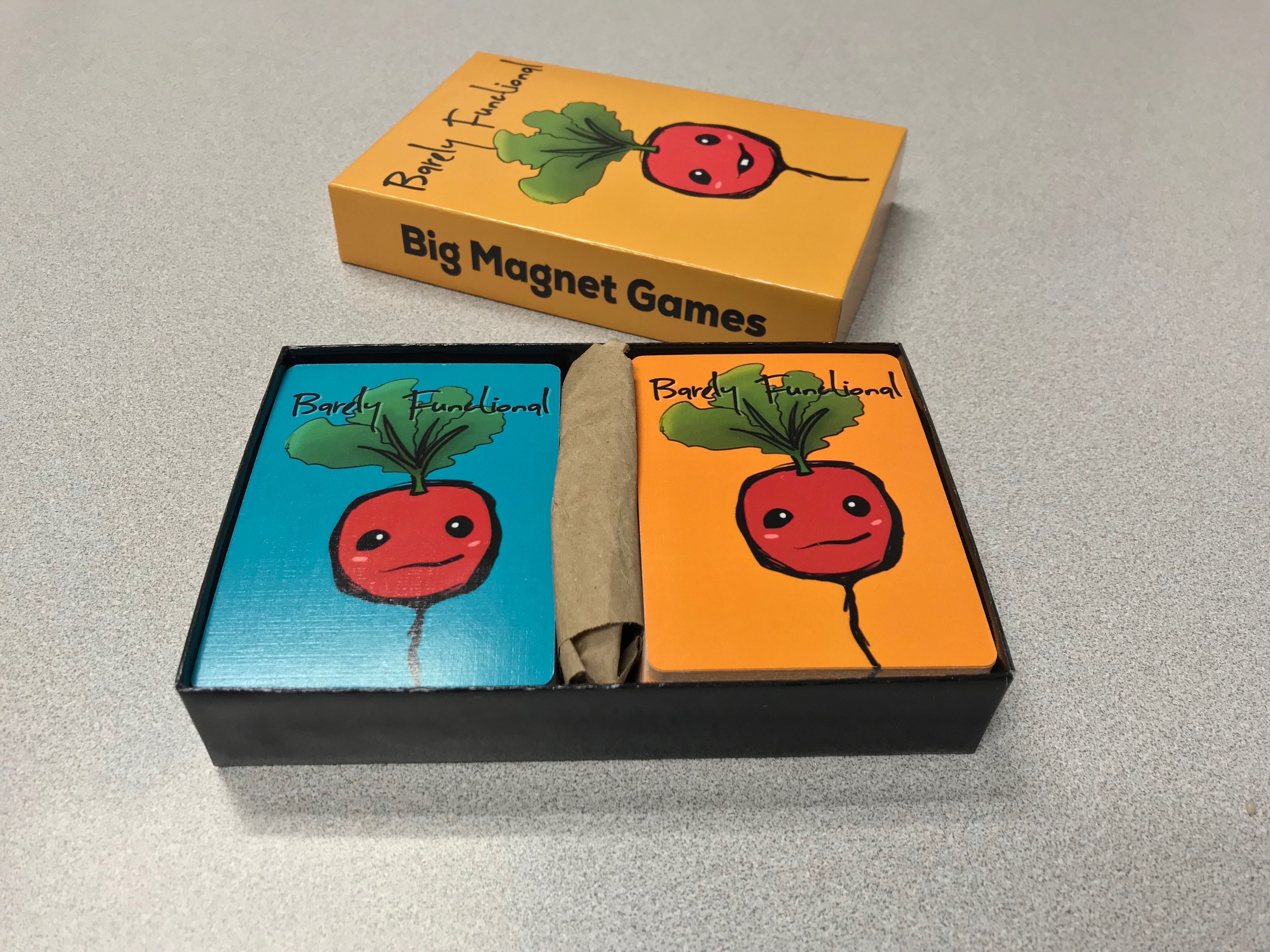
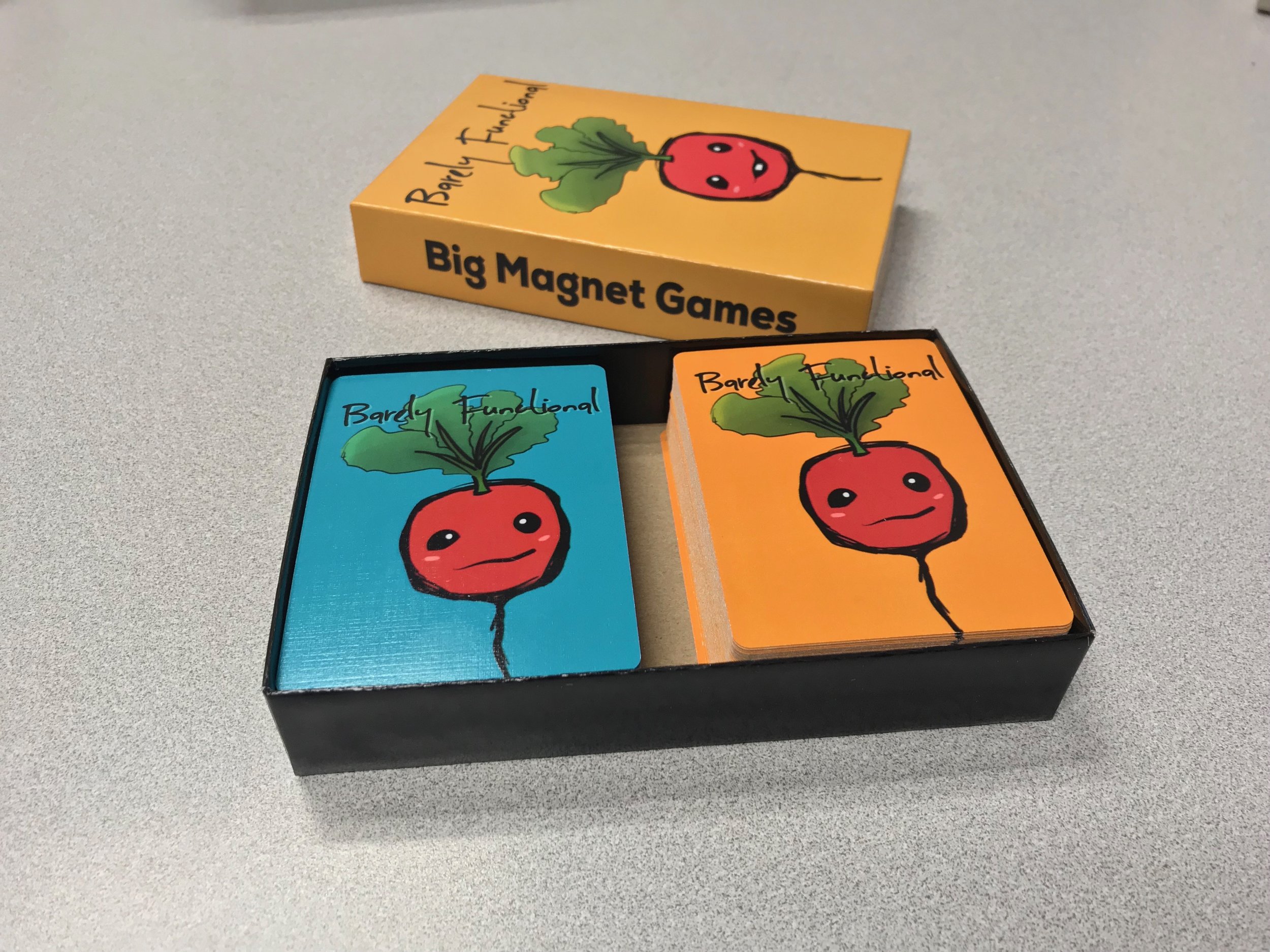

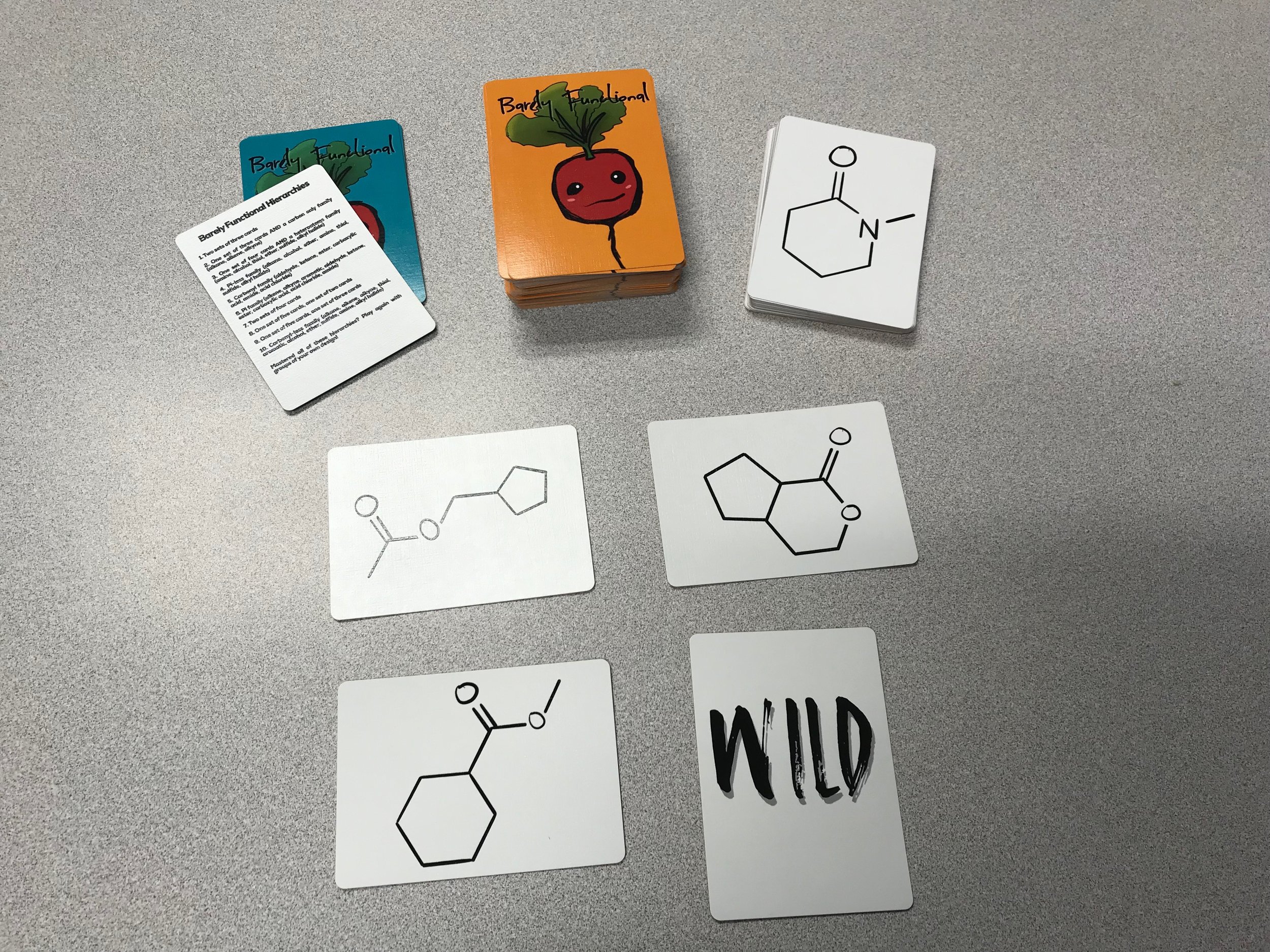
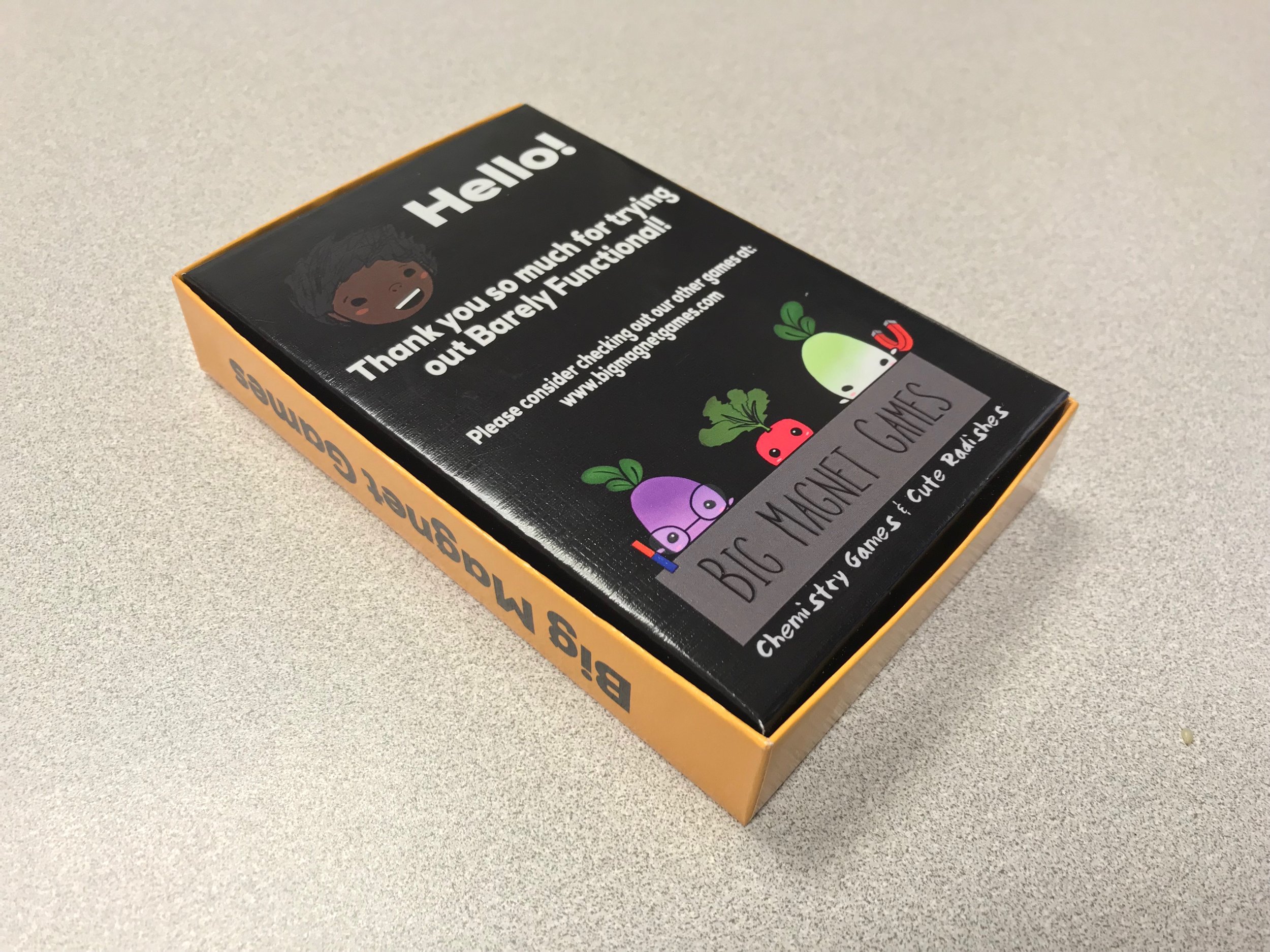
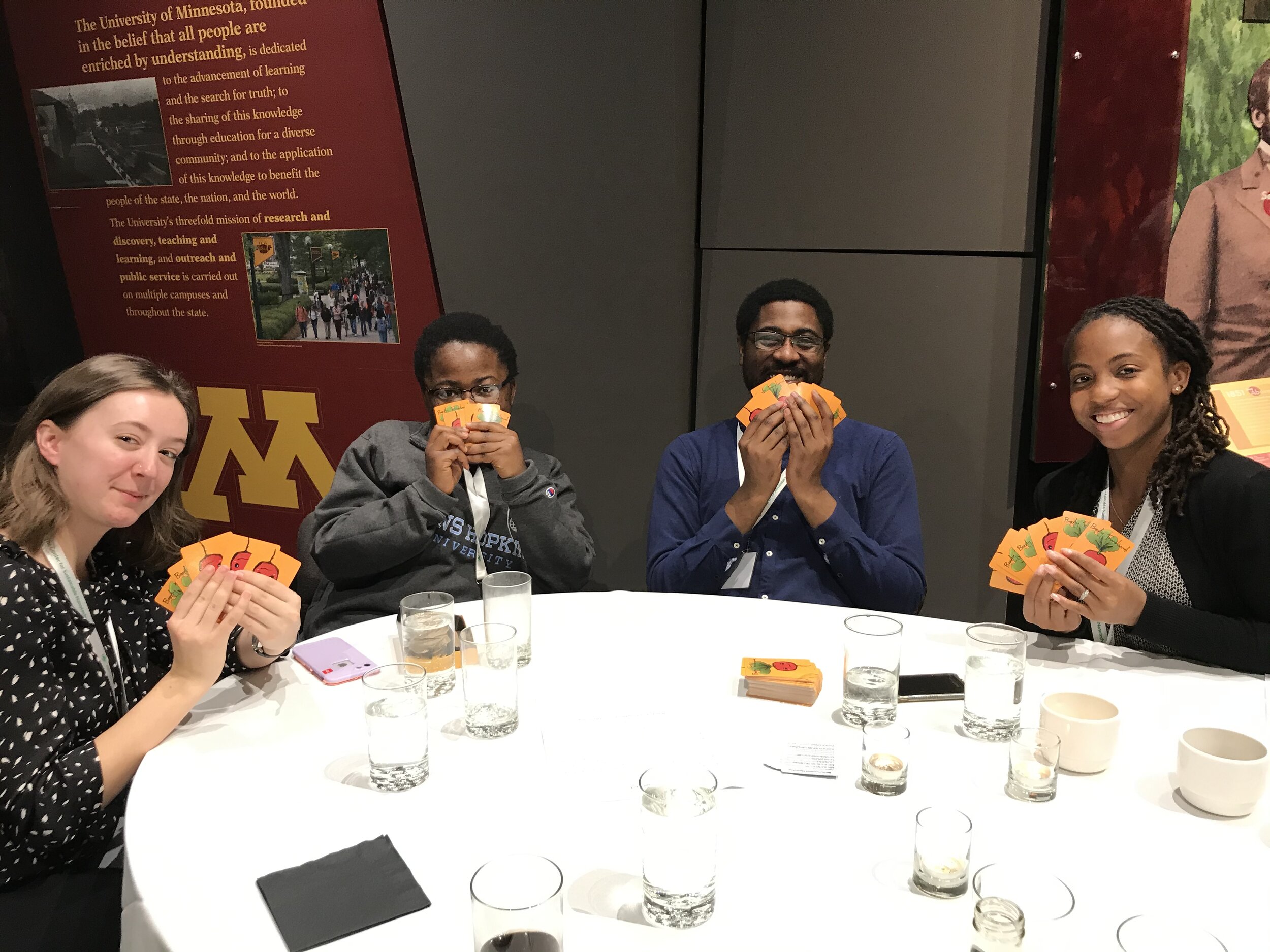
All Big Magnet Games aim to build fluency in chemistry-related vocabularies and concepts. Barely Functional aims to cultivate fluency in students as it pertains to functional groups. Every functional group card in this game is unique. No two aldehydes are structurally identical, no two aromatics are structurally identical. Students must become adept at recognizing the components that determine functional group classification in order to reach the final family. Students will also practice naming each functional group as they must say the name of the functional group in order to pick up a revealed card, or discard a card from their hand.
If you are interested in playing Barely Functional, consider purchasing a copy today!
